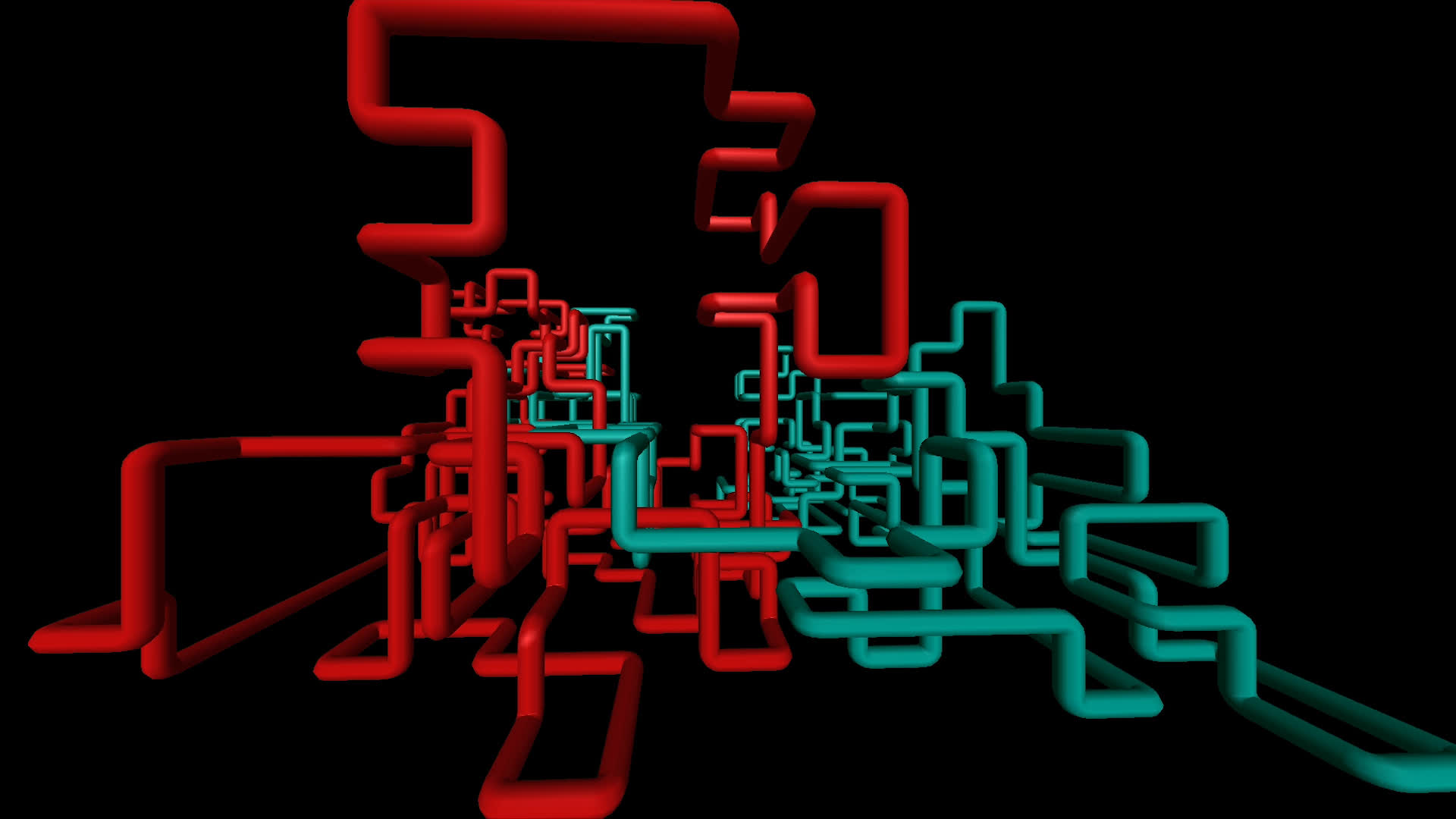Way back when: People used screensavers to prevent "burn-in" on CRT monitors, where static images could permanently damage the screen. Screensavers like 3D Pipes animated the display during inactivity, protecting the screen and extending its lifespan. Additionally, they provided a customizable, visually engaging experience for users when their computers were not in active use.
Programmer Raymond Chen's story starts with his friend and unnamed Microsoft colleague working on the company's OpenGL graphics programming interface team in the mid-90s. They had successfully implemented hardware-accelerated OpenGL for the upcoming Windows NT 3.5 release but had no way to showcase the advanced 3D rendering capability to end users. With the OS's ship date rapidly approaching, the team needed a slick OpenGL demo – and fast.
His colleague proposed holding a screensaver design contest within the Windows team. Screensavers were the perfect low-risk vehicle since they could advise users to avoid them if any issues arose. The contest rules were simple: each team would create their most dazzling 3D screensaver with a company-wide vote deciding the winner. The winning screensaver would make it into the final Windows NT product.
The OpenGL group went into overdrive, churning out 3D animations like 3D Text, 3D Maze, and 3D Flying Objects. But their masterwork was the mind-bending 3D Pipes. After gathering all the entries, the team sent install instructions and a voting link to their Windows NT coworkers. Just as the judges were about to tally the votes, someone in marketing was so blown away that he declared all of them worthy of being in Windows NT.
"By a stroke of luck, one of the people to see these new screensavers was a member of the marketing team who tried them out the night before an already-scheduled visit in New York City with a major computer industry magazine. He loved them and wrote back, 'You can call off the vote. We're adding all of them to the product,'" Chen recounted.
So with a single fateful email, the 3D Pipes screensaver and the rest of the contest entries went from an underground experiment to thousands of desktops overnight.
Beyond being a rudimentary 3D rendering demo, these screensavers became a protection against screen burn-in during the CRT monitor era. That's not a concern anymore, so screensavers are no longer in fashion. However, the Internet Archive has them if you are waxing nostalgic and want something relaxing to sip coffee to during work breaks.
The ancient files still work on modern systems. Simply download the zip file from the Internet Archive's "Windows XP And 98 Screensavers" page and extract the contents into the System 32 folder. You'll find them in your screensaver settings.
